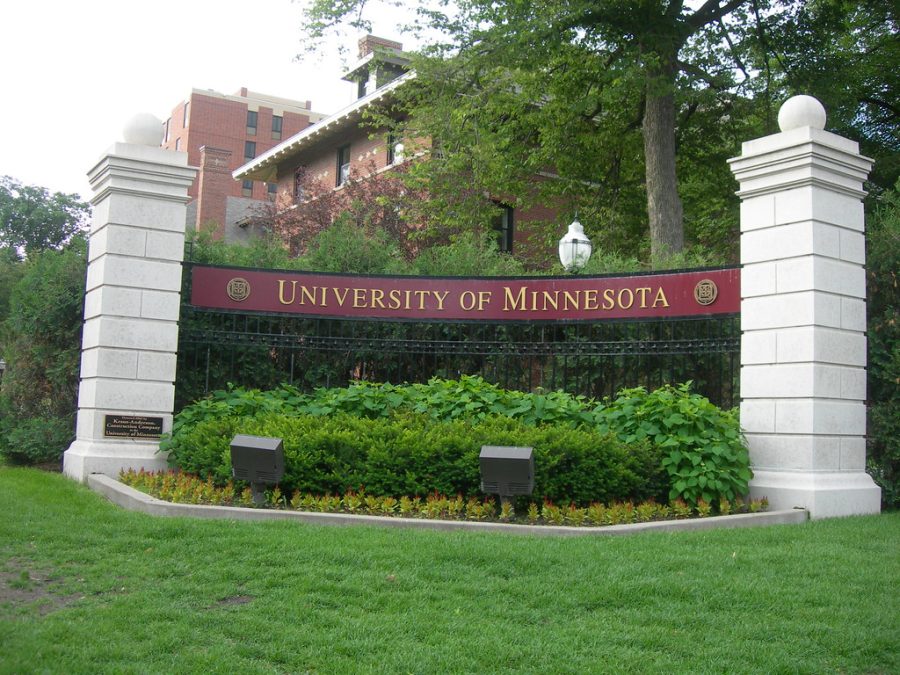Does Safe-U Really Keep Us Up to Date?
February 22, 2023
When you are in your Freshman year at the University of Minnesota, one of the first things you are advised to do is sign up for the university’s public safety notification system, Safe-U alert. According to the university, Safe-U alerts are issued upon confirmation of a significant emergency or dangerous situation that poses an immediate threat to campus.
However, recent events have led some students to question the validity of the alerts they receive. While crime in Minneapolis is, unfortunately, a common occurrence, some of it does make its way onto campus, ranging from stolen cars to robbery and even assault.
On February 20th, a group of individuals broke into vehicles on campus, and after being chased by UMPD, they crashed their car next to the Health Sciences central courtyard. UMPD was able to apprehend most of the suspects, and only one remains at large. However, the Safe-U alert sent out in the aftermath of the incident was brief and did not provide much information about the situation.
This is not an isolated incident, either. There have been reports of other crimes that have taken place on campus that students did not hear about until after the fact. For instance, a suspected kidnapping of a student outside of Frontier Hall was initially reported, but it was later revealed to be a failed carjacking where an accomplice was injured and stuffed into the trunk in a frantic escape. If students were subscribed to the Safe-U system, they would not have known that this incident had taken place right outside four major campus dormitories.
While these incidents may not have posed a direct threat to students at the time, they still warrant notification. Prompt and informative alerts could have properly informed the surrounding area about the events taking place, allowing students to take necessary precautions and avoid danger.
Another issue with the Safe-U system is the lack of promptness in sending out alerts. After a series of fireworks assaults on campus, students did not receive a Safe-U alert until almost an hour after the police had already left the scene. This delay in the notification can render the system useless for keeping students out of harm’s way.
It is crucial for students and their families to feel safe and informed about what is happening on campus. Yet, inconsistencies in the alerts sent out by the university make it difficult for them to trust the system. Sophomore student Willie Coffou stated, “As regards to safety on campus, I feel like there is a lot that we don’t know is going on.” There is work to be done to keep both students and parents informed and safe.
The university must work to improve the Safe-U alert system and ensure that students are receiving accurate and timely information about incidents on campus. Transparency and communication are key to creating a safe and secure environment for everyone on campus.
Furthermore, the university should provide students with safety training and resources to help them understand how to respond to emergency situations. Some possible pieces of training could be in-person or online asynchronous classes that would tell students how to properly respond to certain situations.
In conclusion, while the Safe-U alert system is a valuable tool for campus safety, recent events have shown that improvements need to be made to ensure its effectiveness. Students and their families deserve to feel safe and informed about what is happening on campus, and the university has a responsibility to provide them with accurate and timely information. By addressing these issues and implementing new safety measures, the University of Minnesota can create a safer and more secure campus environment for everyone.












